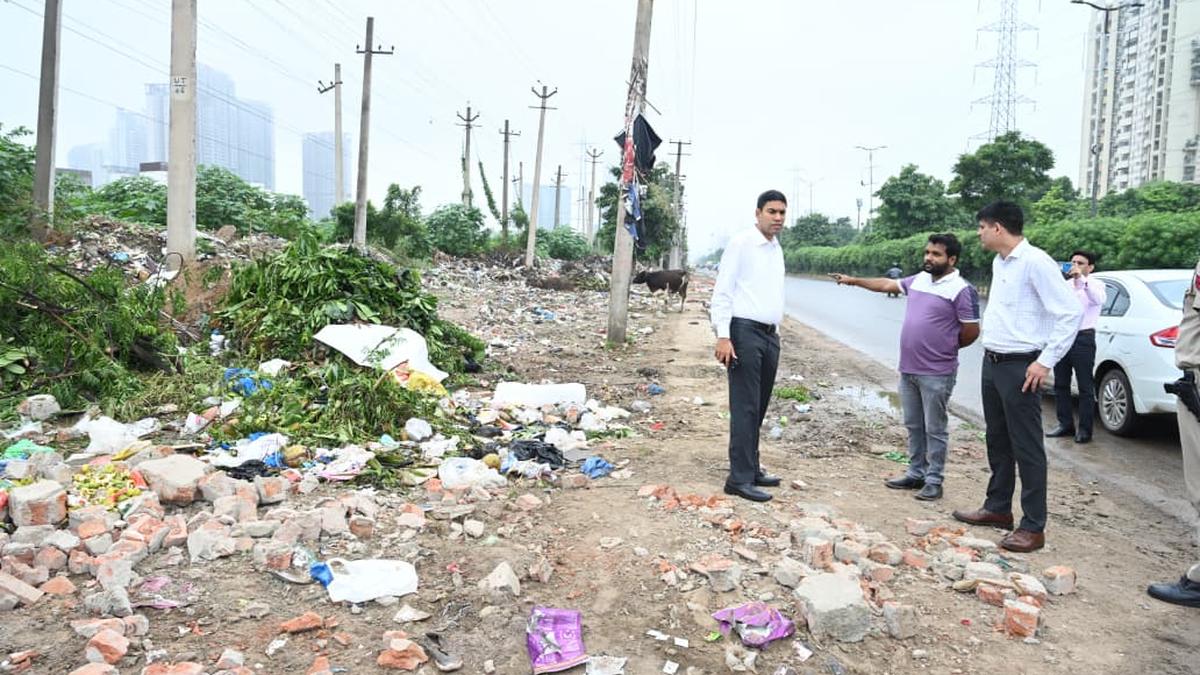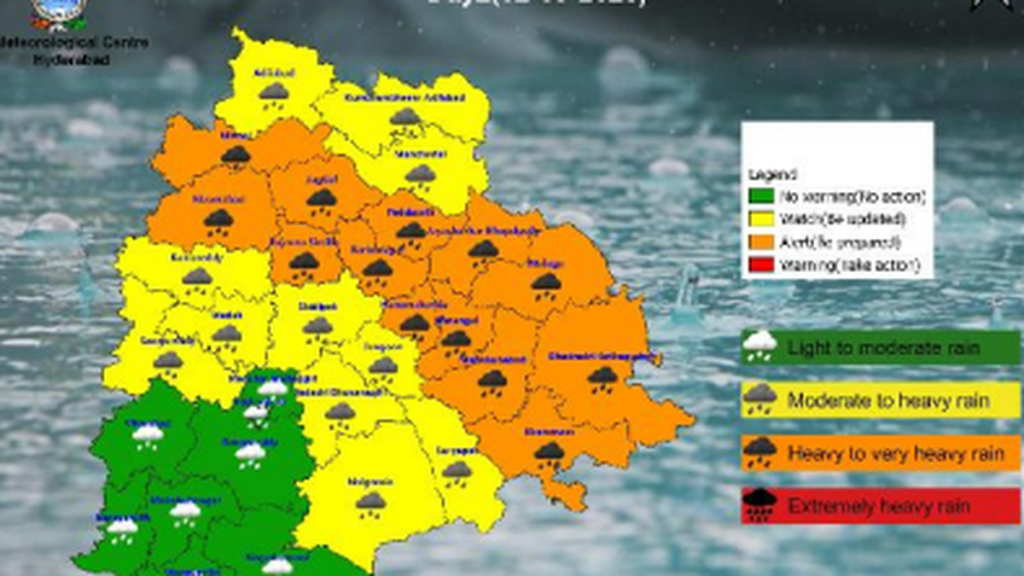Now Reading: Millennium City Steps Up Civic Measures Amid Infrastructure Outcry
-
01
Millennium City Steps Up Civic Measures Amid Infrastructure Outcry
Millennium City Steps Up Civic Measures Amid Infrastructure Outcry

Quick summary
- Heavy rainfall on July 9 and 10 led to severe waterlogging in Gurugram, with multiple roads submerged and significant traffic disruptions.
- Six rain-related deaths in the city sparked widespread public criticism of civic infrastructure,leading authorities to take corrective action.
- On August 1, the Municipal Corporation of Gurugram (MCG) launched initiatives to address key issues:
– Identification of 40 critical waterlogging areas for long-term solutions by April next year.
– Increased collection and processing capacity for construction and demolition waste at Basai plant from 300 tonnes per day (TPD) to 1,200 TPD within one year.
– Ongoing removal of illegally dumped rubble; approximately six lakh tonnes identified at major sites like sector 29 and Gurugram-Faridabad road.- Interim waste collection measures include adding vehicles (from 200 to 311) while awaiting tendering for door-to-door municipal solid waste management.Planning a long-term solution with a waste-to-energy plant project that has environmental clearance.
– Stray cattle campaign rounded up over 457 bovines; owners fined ₹25,000 to ₹50,000 for offences.
– removal of about 700 illegal hoardings per day across the city as part of anti-hoarding efforts.
- Mid-August visits by Chief Principal Secretary Rajesh Khullar facilitated stakeholder meetings for citizen concerns regarding civic services improvements.
Indian Opinion Analysis
The situation in Gurugram underscores how rapid urban expansion can outpace infrastructure development without consistent policy execution. While recent floods catalyzed strong administrative responses-including targeted campaigns addressing stray cattle nuisances, illegal dumping grounds, waterlogging hotspots, and hoardings-the proactive engagement with citizens during mid-level reviews strengthens accountability. Increasing C&D waste processing capacity is positive but may need enforcement mechanisms at disposal sites.
Long-term solutions like setting up a waste-to-energy facility reflect forward-thinking but demand well-monitored implementation timelines amid existing gaps in local governance structures. the planned resolution timeline for waterlogged areas until April is encouraging if achieved without delays or logistical bottlenecks.
Public scrutiny via social media has evidently triggered urgency among administration officials-a testament to digital platforms reshaping responsiveness dynamics across urban India today.
read More: Link
























